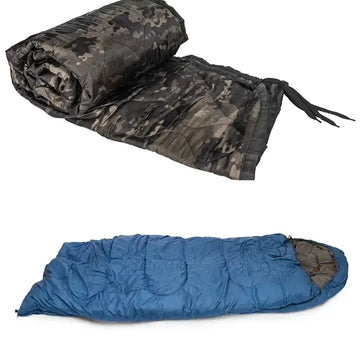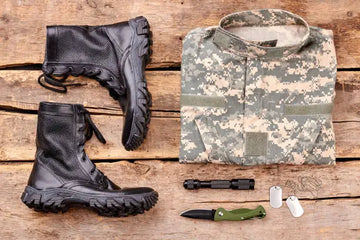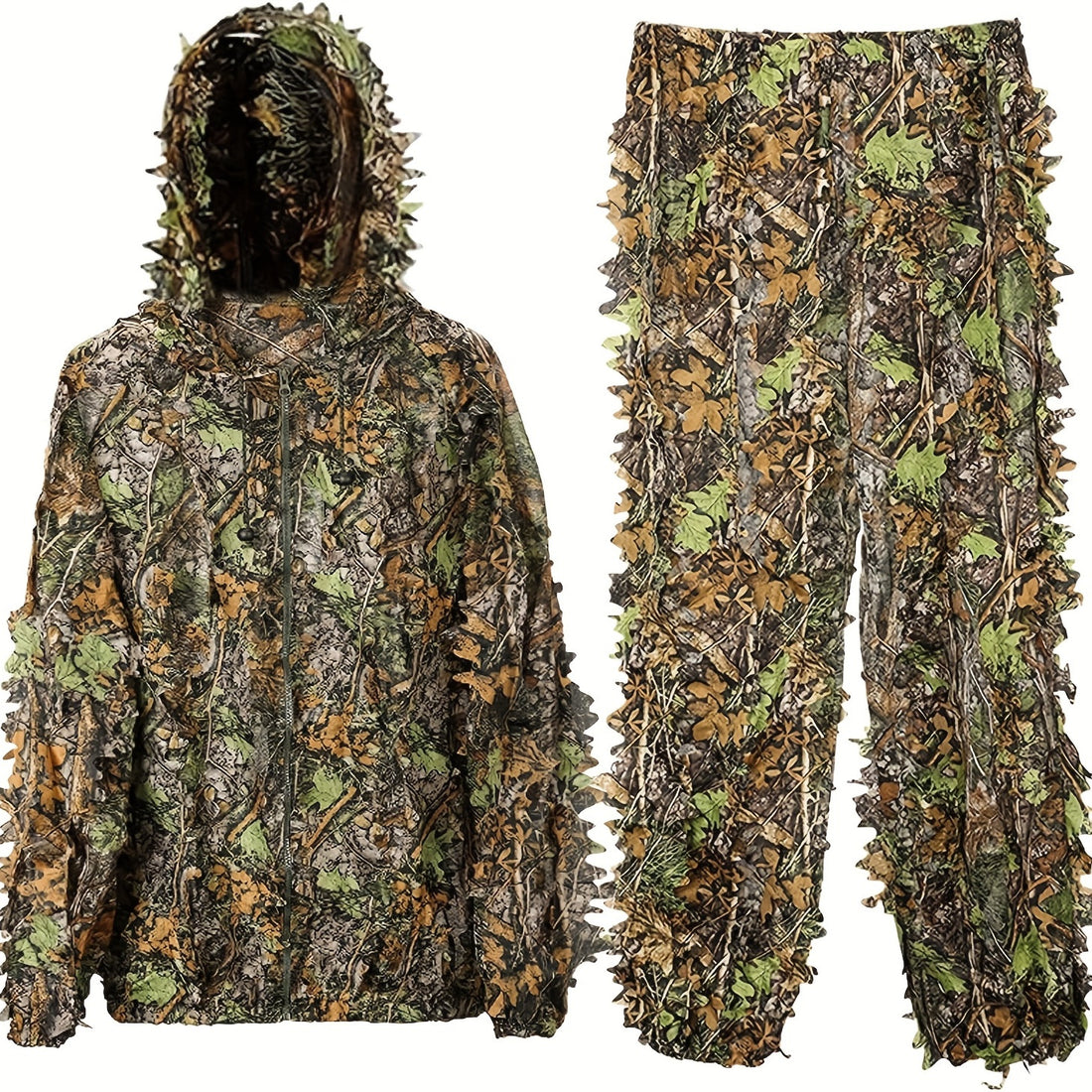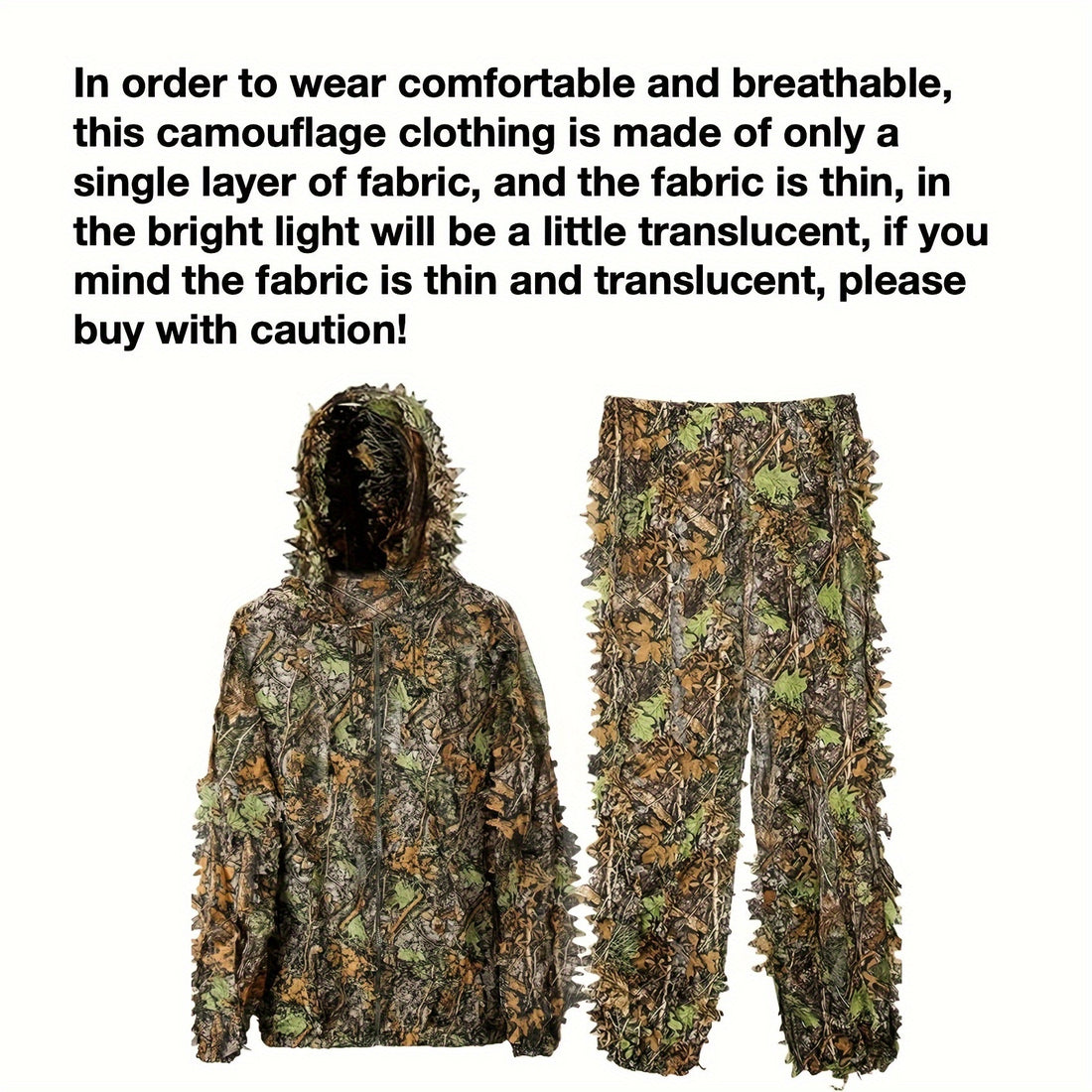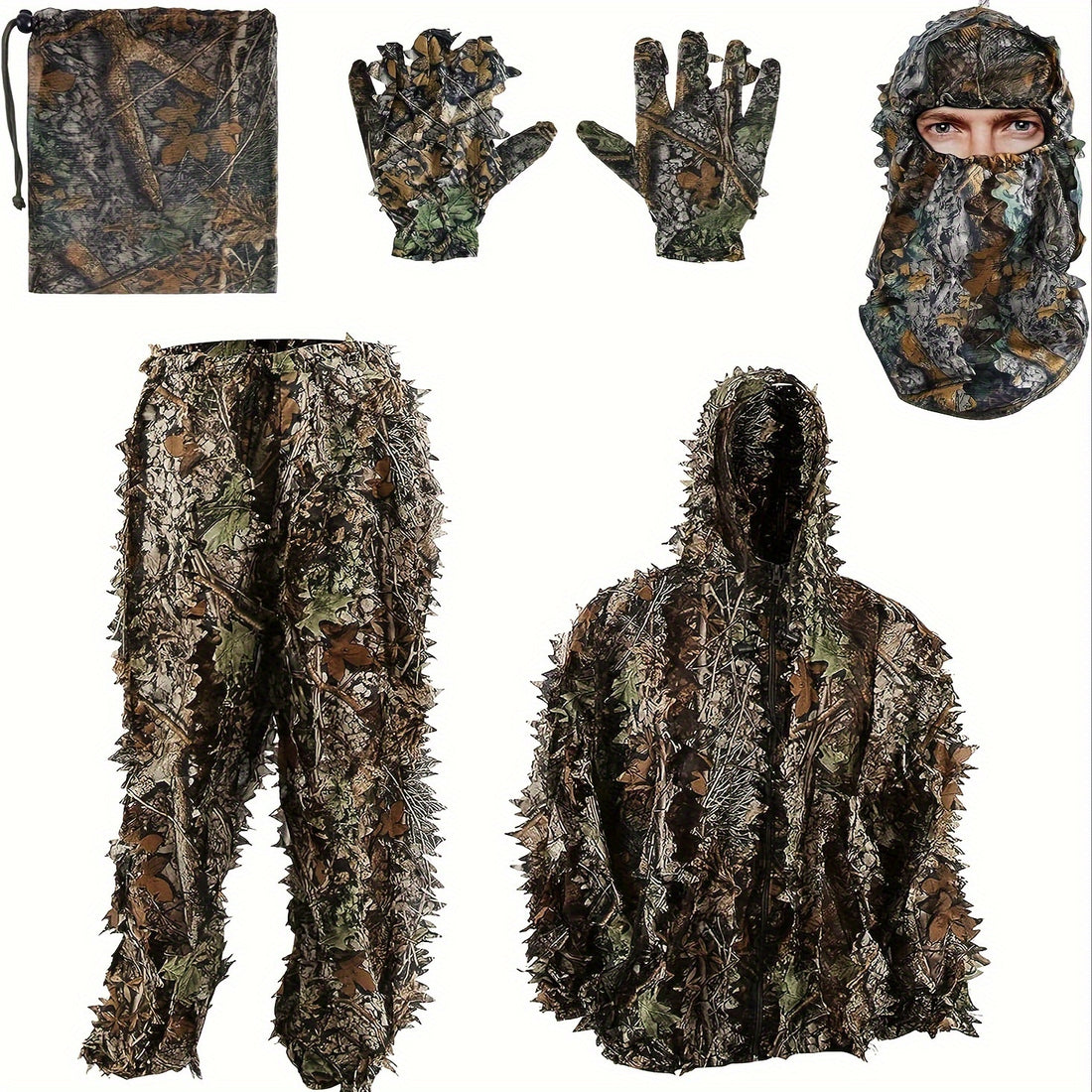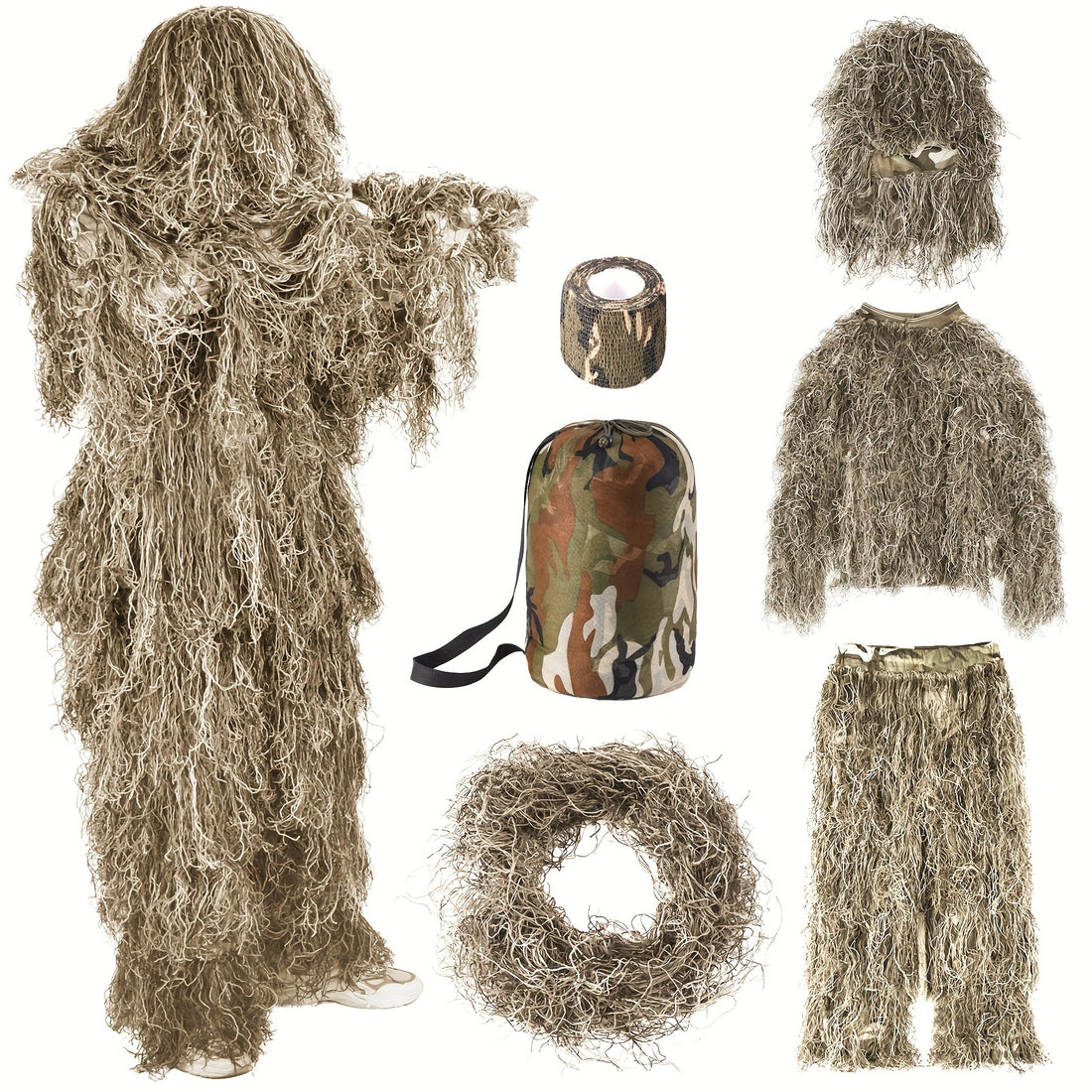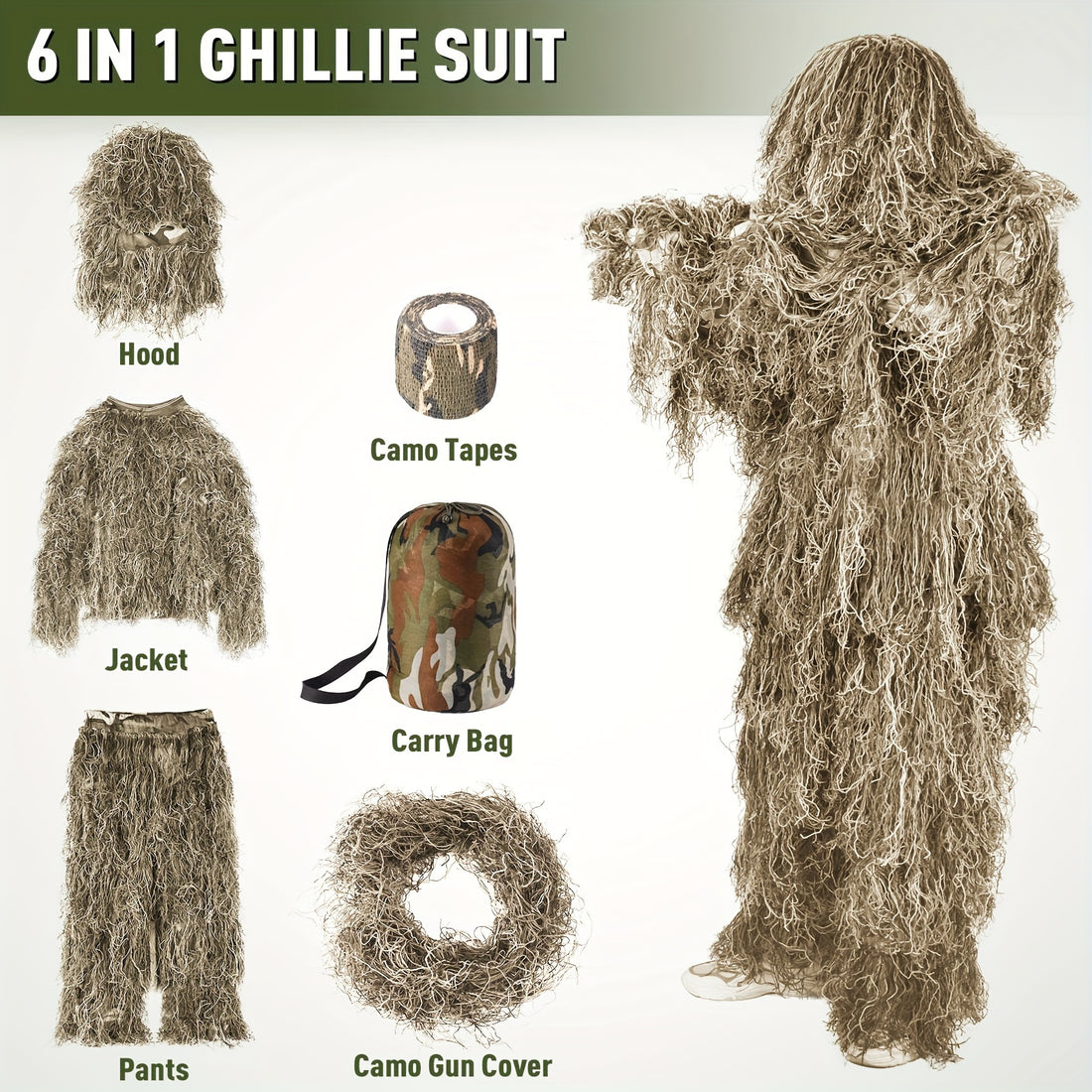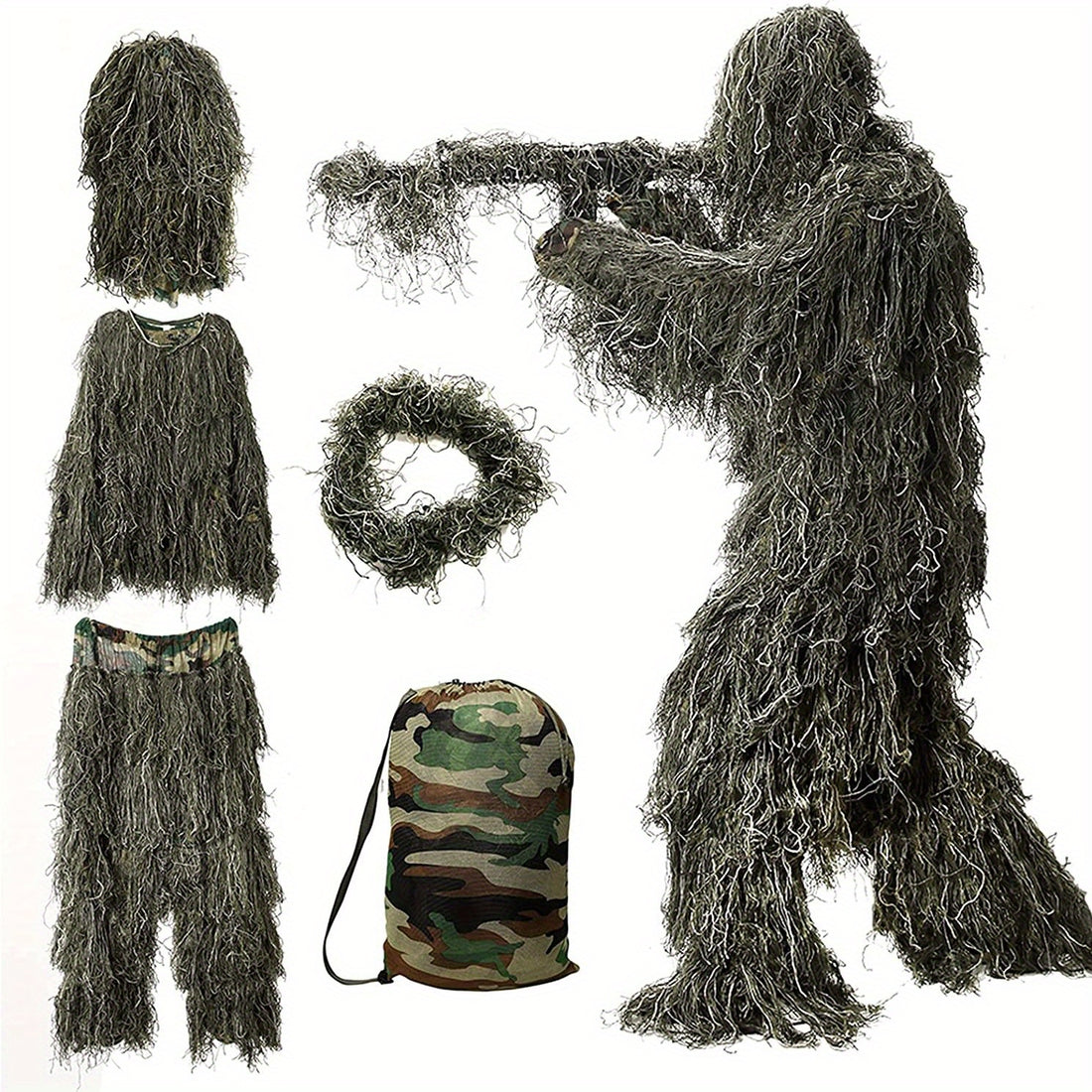A wet backpack can result in soaked clothing, damaged electronics, and an unnecessarily heavy load to carry. Many backpacks come with water-resistant features, but they may still allow water to enter through zippers, seams, or the fabric during heavy rain or if submerged.
This guide explains reliable methods to keep your gear dry. It covers options from easy-to-use external covers to longer-lasting treatments, so you can select what works best for your needs.
Understanding How Water Enters a Backpack
To waterproof your backpack effectively, start by knowing where water is most likely to get in. Common entry points include:
-
Zippers: These often have tiny gaps that let water trickle through, particularly when the pack is under pressure from rain or movement.
-
Stitched Seams: The holes left by sewing needles create pathways for water, even on coated fabrics.
- Fabric Saturation: Fabrics without special laminates can absorb water over time, which then seeps inside to your items.
By addressing these areas, you can significantly improve your backpack's performance in wet weather.
Primary Methods for Waterproofing Your Backpack
Combining a few of these approaches usually provides the best protection. Choose based on the weather you expect and how important it is to keep your gear completely dry.
1. Rain Covers: A Simple External Shield
A rain cover acts like a protective sleeve that slips over your entire backpack. It offers straightforward protection against rain and splashes.
-
How to Use It: Pick a cover that matches your backpack's size in liters. Pull it over the pack once it's loaded, making sure it wraps around the sides and reaches the bottom.
- Key Considerations: Rain covers work well for showers but won't help if the pack goes underwater, such as in a river. They can also catch wind easily, and any items strapped to the outside stay exposed. Look for covers with adjustable straps for a snug fit.
2. Internal Liners: Reliable Protection from the Inside
For the strongest defense, especially near water or in steady downpours, use waterproof liners inside your backpack.
-
How to Use It: Pack your items into a purpose-made dry bag or a sturdy plastic compactor bag (thicker than a regular trash bag). Fold the top over three to five times and clip it shut. This setup keeps everything dry even if water soaks the outer pack.
- Key Considerations: This method shines in water-based activities like kayaking, canoeing, or hiking in rainy areas. You can use several small dry bags to sort your gear, which makes it easier to find things later.

3. Waterproofing Sprays and Washes: Refreshing the Fabric's Resistance
Most backpacks start with a Durable Water Repellent (DWR) finish that makes water bead up and slide off. This wears down with use and washing, so renewing it helps maintain performance.
-
How to Use It: First, clean the pack with mild soap and water, then let it dry fully. Apply a fabric reproofer like Nikwax TX. Direct, either by spraying or washing it in. Follow the label for drying times.
- Key Considerations: These products boost water resistance but don't make the pack fully waterproof. They help shed light rain and keep the fabric from getting heavy. Reapply every few months or after heavy use.
4. Seam Sealing: Building Lasting Barriers
For trips with prolonged heavy rain, sealing the seams adds a durable layer of defense.
-
How to Use It: Get a seam sealer such as Gear Aid Seam Grip. Flip the backpack inside out to reach the seams. Squeeze a thin line of sealer along each stitched area, pressing it into the holes. Let it dry as instructed, usually overnight.
- Key Considerations: This creates a semi-permanent fix, ideal for packs without built-in covers or for harsh environments. It works on most fabrics, but test a small spot first to avoid discoloration.
Water-resistant lightweight backpack
Tips for Maintaining Your Backpack's Waterproofing
Taking good care of your pack helps these treatments last longer and keeps the backpack in top shape overall.
-
Clean It Gently: Use a soft brush with mild soap to remove dirt. Skip strong chemicals, as they can break down DWR layers and sealants.
-
Dry It Properly: Hang it up to air dry away from heat sources like dryers or heaters, which might harm the materials.
- Check and Reapply Regularly: No treatment lasts forever. Test by splashing water on the fabric—if it soaks in instead of beading, refresh the DWR. Store in a cool, dry spot when not in use.
Frequently Asked Questions
1. Can I turn a non-waterproof backpack into one that's fully waterproof?
You can greatly improve its resistance, but achieving complete waterproofing is challenging without factory-taped seams and a waterproof lining. Pairing a rain cover with internal dry bags provides solid protection for your gear, regardless of the pack's condition.
2. Are waterproofing sprays suitable for every backpack material?
These sprays are typically safe for synthetics like nylon and polyester. Always review the product guidelines and your backpack's care tag. Steer clear of them on leather, suede, or breathable waterproof materials, where they might block airflow.
3. How do I store my backpack to keep its waterproofing intact?
Keep it in a dry, shaded area at room temperature. Avoid cramming it into tight spaces for extended periods, as this can wear on seams and coatings.
Investing a little effort in waterproofing your backpack leads to greater comfort and safer gear on your outings. With these methods, you can match your setup to the conditions you face.
Shop our tactical backpacks
About Us
As a tactical gear manufacturer with over 15 years of experience since 2009, we focus on durable designs for military, outdoor, and tactical use. Our products, including customizable bags, packs, vests, modular pouches, and more, incorporate strong fabrics and secure seams for real-world reliability.
We offer custom manufacturing and wholesale services for businesses seeking to source high-quality, functional packs built to perform in demanding conditions.






